English
Toy Technology: How Smart Toys Are Shaping the Future of Childhood
Introduction
With the rapid advancement of technology, smart toys have gradually become part of children's daily lives. These toys, which integrate technologies like artificial intelligence (AI), voice recognition, and virtual reality, are fundamentally changing how children play and learn. Unlike traditional toys, smart toys not only provide entertainment but also offer a more interactive learning experience, helping children develop their cognitive, emotional, social, and creative abilities.
This article explores how smart toys promote children's growth through technology and looks at the future trends of smart toys.
Definition and Features of Smart Toys
Smart toys are typically toys that interact with children through embedded technologies like AI, voice recognition, sensors, and more. They go beyond traditional toys by offering educational value while keeping the fun. Unlike conventional toys, which usually have a one-way function, smart toys can adjust their content based on a child’s needs, behaviors, and interests, providing a personalized learning experience.
Key Features of Smart Toys:
- Interactivity: Smart toys interact with children through voice, touch, or motion, responding in real-time to a child’s actions. This interaction increases a child's engagement and motivation to learn.
- Educational Functionality: Many smart toys include educational content, especially in STEM (science, technology, engineering, and mathematics) fields, helping children learn basic skills such as coding and mathematics through play.
- Personalized Learning: By utilizing AI, smart toys can offer tailored content based on a child's progress and interests, ensuring that each child gets an optimal learning experience.
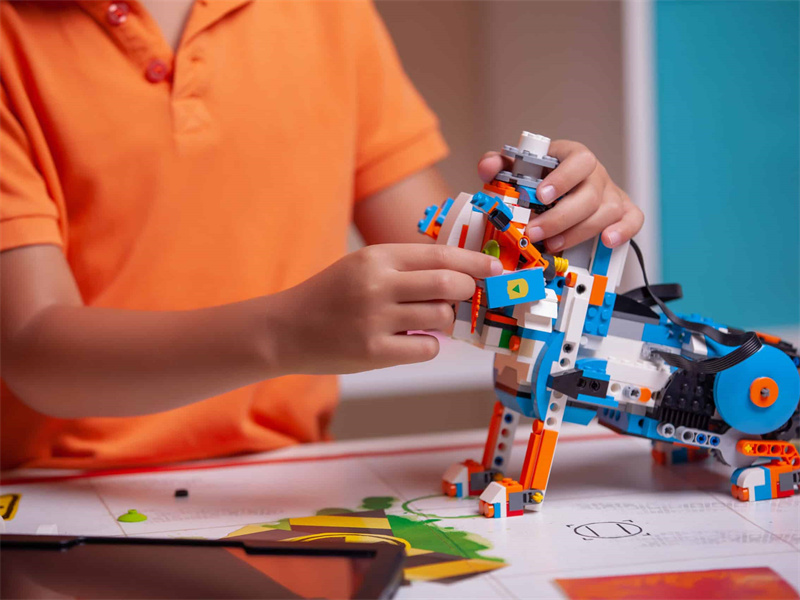
How Smart Toys Enhance Child Development
Enhancing Cognitive Abilities
Smart toys play a significant role in improving children's cognitive abilities, especially in areas like language learning, mathematics, and problem-solving. Through interactive games, children are exposed to more complex learning materials, enhancing their abstract thinking and logical reasoning skills. For instance, voice recognition and feedback systems allow children to continually correct their mistakes, reinforcing their understanding.
Improving Emotional and Social Skills
In addition to cognitive development, smart toys also help children develop emotional intelligence and social skills. Many smart toys simulate emotional responses, aiding children in understanding and expressing emotions. For example, some toys can adjust their reactions based on a child's tone of voice, teaching children how to identify and manage different emotional expressions. Furthermore, cooperative smart toys encourage children to collaborate and share with others, fostering social skills and teamwork.
Fostering Creativity and Innovation
Smart toys help children develop problem-solving skills and creative thinking by offering tasks that require hands-on engagement. Through activities like design and programming, children not only gain technical knowledge but also enhance their practical skills and creative expression. By stimulating children's imagination, these toys foster innovative thinking and enable children to express their ideas through play.
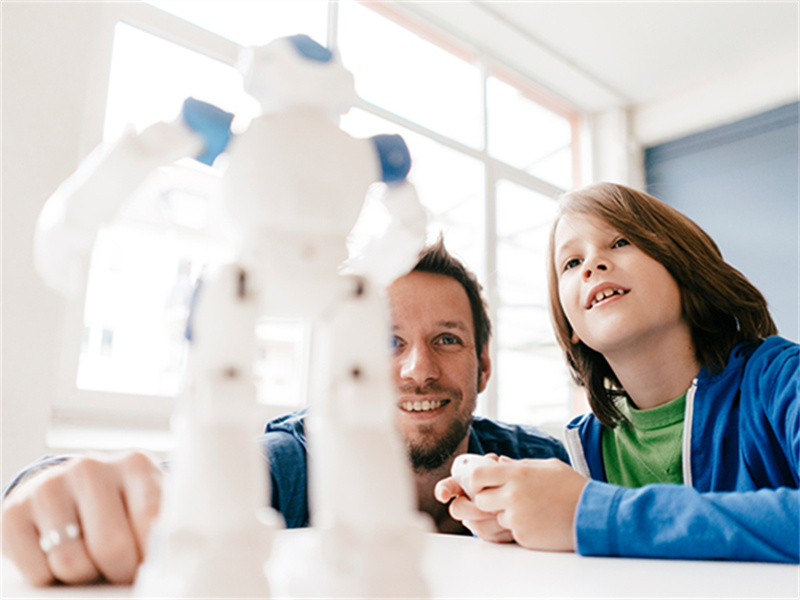
Future Trends of Smart Toys
Deeper Integration of Artificial Intelligence
As AI technology continues to evolve, future smart toys will become even more intelligent. AI will allow toys to analyze a child's learning progress and behavioral responses in real time, offering a more customized educational experience. For example, AI will be able to continuously adjust the content to match the child’s interests and learning capacity, making each play session uniquely suited to the child's development needs.
Integration of Virtual Reality (VR) and Augmented Reality (AR)
The combination of virtual reality (VR) and augmented reality (AR) will further enhance the learning experiences of smart toys, making them more immersive and interactive. AR and VR technologies can bring virtual elements into the real world, providing children with richer, more engaging learning content. This immersive learning experience not only increases a child's interest in learning but also helps them understand complex concepts in subjects like science and mathematics in a more intuitive way.
Rise of Wearable Smart Toys
With the growing popularity of wearable technology, smart toys are also moving in this direction. Wearable smart toys not only provide entertainment but also monitor children's health and activities, helping parents better manage their children's daily lives. In the future, more smart toys will integrate with health tracking devices, providing personalized health management features alongside educational content.
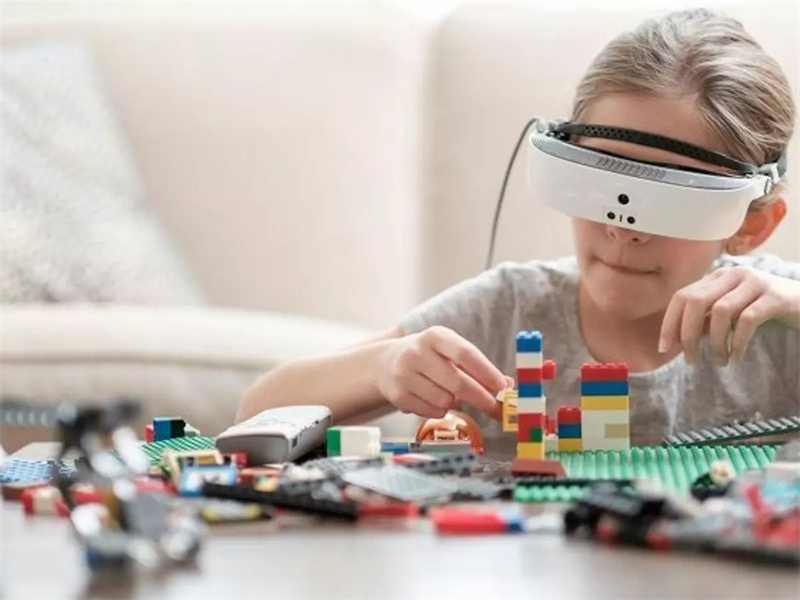
How Parents and Educators View Smart Toys
Concerns of Parents
While smart toys offer great potential in supporting children's learning and development, parents have some concerns about their possible negative impacts. Prolonged use of electronic devices could affect children's vision, attention span, and social skills. As such, parents should choose smart toys carefully and regulate usage time to prevent over-reliance on screens. It's essential to ensure a balanced lifestyle for children, with time spent both on digital devices and engaging in physical activities.
Perspective of Educators
Educators generally recognize the valuable role of smart toys in STEM education, especially in enhancing children's logical thinking and hands-on skills. Smart toys serve as excellent supplemental resources for classroom learning, helping children understand complex subjects. However, educators also emphasize the importance of combining smart toys with traditional teaching methods to ensure well-rounded development in children.
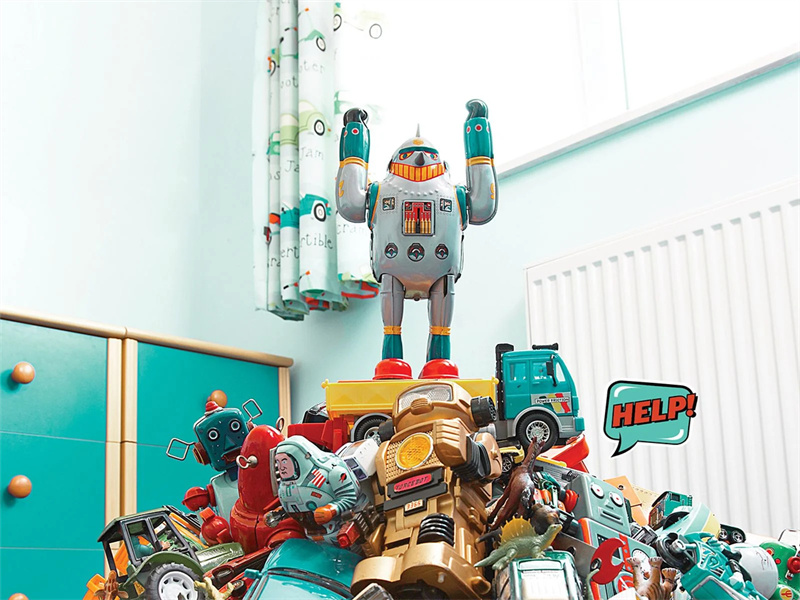
Challenges and Solutions for Smart Toys
Privacy and Security Concerns
Since smart toys require internet connectivity, there are concerns about privacy and data security. Many smart toys collect personal data from children, which raises questions about how that data is used and protected. Parents should pay close attention to the privacy policies and security standards of the toys they choose to ensure their children’s information remains secure.
Technology Dependence and Excessive Screen Time
Excessive use of smart toys can lead to technology dependence. Parents and educators should help children manage their screen time to ensure they have opportunities for outdoor activities, social interactions, and play with traditional toys. A balanced approach to using smart toys, alongside engagement in physical play and social experiences, is crucial for a child's overall development.
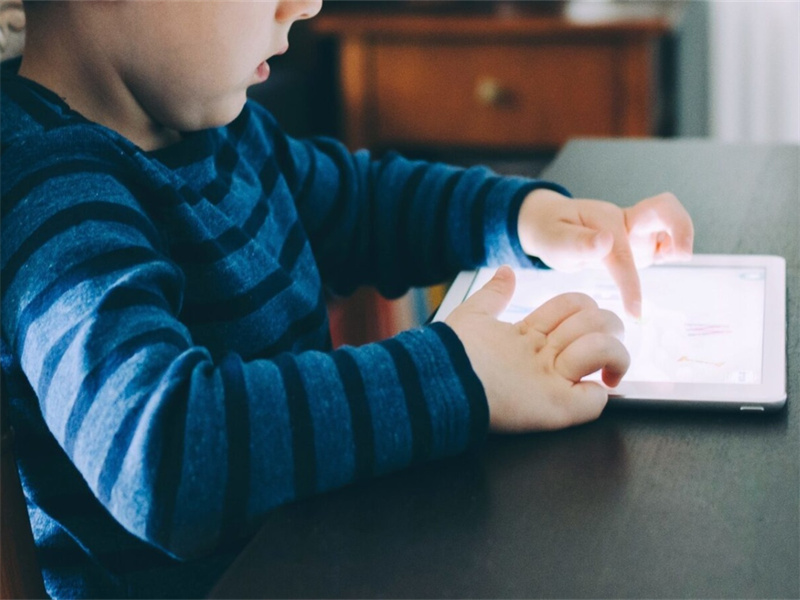
Conclusion
Smart toys are becoming an integral part of children's development, providing not just entertainment but valuable learning opportunities. Through their interactive nature and educational features, smart toys help children improve their cognitive, emotional, and social abilities. As technology continues to advance, the future of smart toys will be more personalized and intelligent, becoming a vital tool for both education and entertainment. However, it is important for parents and educators to guide children in the responsible use of these toys, ensuring they benefit from the technology without over-relying on it. With the right balance, smart toys can play a crucial role in shaping the future of childhood.